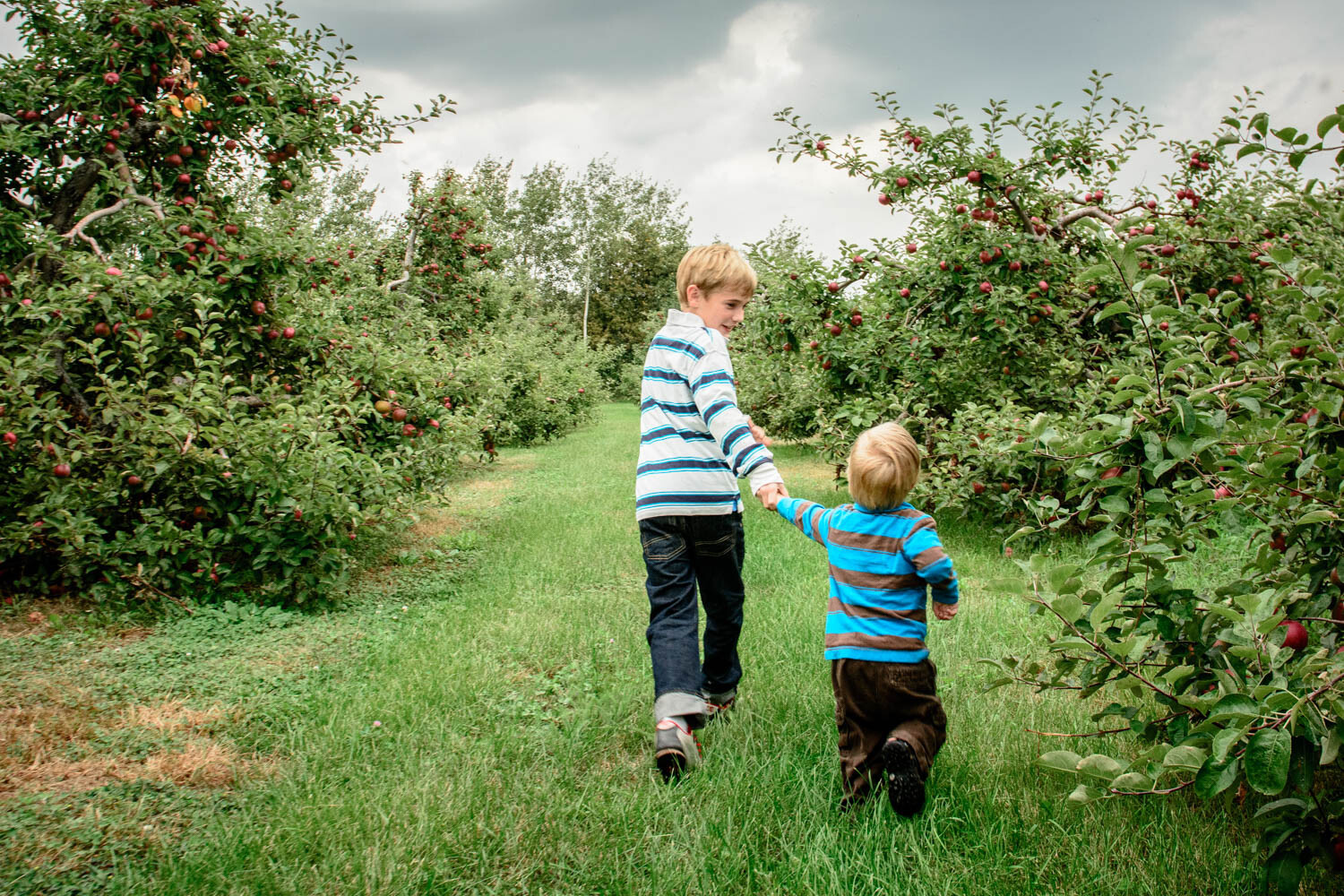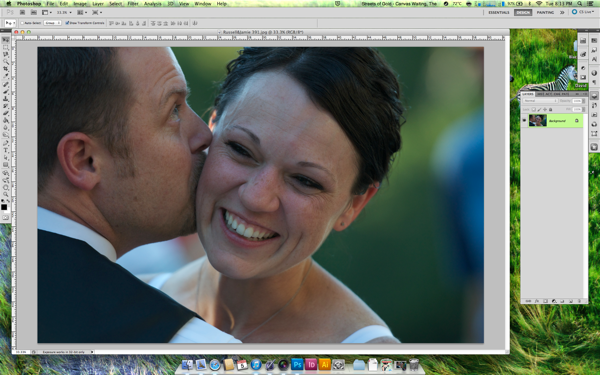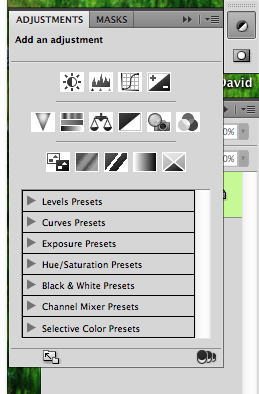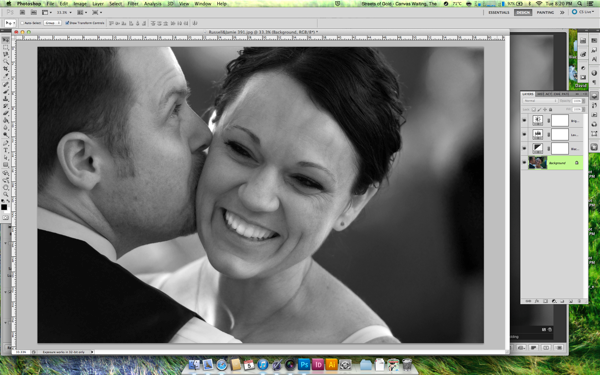The post Gaining Confidence to Charge Properly for Your Photography appeared first on Digital Photography School. It was authored by Mat Coker.

Alexander Mils
So many of us are awkward about money – especially asking for it. A few years ago I was just starting out as a “professional” photographer. I did a free session just for the experience. The family insisted on paying me something even though I kept declining. They gave me $ 20. I couldn’t help but think, “is that all I’m worth?” I was happy to do it for free, yet $ 20 felt like an insult.
There were a lot of questions tangled up in that $ 20 session. Are my photos good enough to charge money? What is the right price to charge? How do I tell them my price when I feel so dirty about money? Why don’t they value me more?
I knew that I had to work through these questions or just forget about charging money at all.
Let me share with you how to:
- Know what to sell (a service, prints, or digital)
- Set your prices (to fund your hobby or go full time)
- Get over the dirty feeling you have when talking about money

This was one of my first and cheapest photo sessions, but also one of my most memorable. It rained the whole time and we had to keep ducking back into our vehicles to stay dry.
A riddle
When I first started out and my prices were low, people would tell me that my prices were too high. And now that my prices are five times higher, people keep telling me my prices are too low. Why is that? I’ll tell you at the end.
First, the truth about prices
You will set your prices based on assumptions you have. Many of those assumptions are wrong, which leads to wrong pricing.
I promise you that:
- The market is not over-saturated with photographers.
- Cheap photographers have not driven down prices for the rest of us.
- People do value photography and will spend good money on it.

I charged this family four times more for their next session and they gladly paid because they loved their first set of photos so much. I even got a call from the dad saying how much he liked the photos. And dad’s never want to pay for photos!
What do you really want?
There is little use in discussing pricing if you don’t have an end goal in mind. You need to begin by asking yourself what you really want.
Do you even want money? If so, do you want a little money to fund your photography hobby? Or, do you want enough money to count as income?
Money is a tool to get other things. So the question is, what do you want?
Don’t charge anything at all
Don’t feel as though you must charge for your photography. You might get sucked into the idea of making money with your photography just because so many other photographers do.
If you love photography for it’s own sake, you don’t necessarily need to make money doing it.
Keep your life simple and chase photography for it’s own sake. Go ahead and share your photography as a gift with no concern about money.

Figure out what you’re selling
If you do want to earn money with your photography, you need to decide what you’re selling and why.
You could sell sessions, digital files or prints (or any combination of these).
Don’t let anybody tell you what you must offer. Make your own decision.
Here are some examples of what you could sell.
- Photograph events and then sell digital files or prints.
- Do photography sessions (newborn, family, etc) and then sell digital files or prints.
- Take photographs of your own ideas and then sell fine art prints or digital stock photography.
Create a price list for whatever you offer and then you’re ready when people ask how much you charge.
How to set your prices
I prefer to keep everything as simple as possible, so here is my model for how to set your prices.
- What do you want to make per month?
- How many sessions would you like to do per month? Or, how many prints or digital photos would you like to be selling per month?
Suppose you would like to earn $ 1000 per month and you would like to do four sessions per month. You’ll have to charge $ 250 per session (but also consider your expenses).
Perhaps you want to earn $ 500 per month by photographing one event and selling digital images. If you price your digital photos at $ 10 each, you’ll have to sell 50 of them.
How about full-time income? Suppose you would like to earn $ 4000 per month. You could do 8 photo sessions at $ 500. Or, you could do a couple of weddings per month.
Play with the numbers based on how much you would like to make and how much work you want to put out.

Hovering on the line between amateur and professional, I just loved the fact that I could take pictures and make a little money doing it.
What should amateurs charge?
Don’t assume that because you are an amateur you should charge less. You could be as fine a photographer as the pros – maybe better.
Just keep in mind how much you would like to make and how much work you want to put out.
Some amateurs like to photograph sporting events and then sell digital files or prints through an online gallery. Others like to do photo sessions for their friends. Some sell a few of their prints here and there. It’s often just a way to make a little extra money to spend on new lenses and camera bags.
Consider how much money you would like to make and set your prices accordingly.
How to get over the dirty feeling you have when talking about money
There are many reasons you might feel awkward about money.
If you haven’t set your prices in advance you’ll feel thrown off when somebody asks you. You’ll feel hesitant or doubt yourself. So set your prices and be ready to tell people what they are.
Confidence plays a role in setting your prices.
Are you ready to charge?
A lot of people just need to know if they are ready to charge money for their photography.
If you take good photos then you are ready. If you don’t take good photos then you’re not.
Get feedback from other photographers about whether your photos are good. Ask them how you could improve. When you get to the point that you feel confident, or almost confident, then offer your services with a price tag.
Photograph an event and sell digital photos. Or offer family photo sessions. Whatever it is, see if people are willing to pay. You’ll know you’re ready when your photos are good and people begin paying.
At this point you may know you’re a good photographer and how much money you would like to make, but deep inside something tells you you’re not worth it.
Are you worth it?
I often see photographers charging low prices for their incredible photography because they don’t feel worthy of charging more. They have many reasons for their low prices, but they’re mostly just excuses. Underneath is a sense of inferiority – a sense that they themselves are no good. If this is you, then you need to get out of your own head and prove yourself wrong.
There are countless photographers doing the work they want and charging what they want. Why not you?

Get out of your comfort zone and make trying new things a part of your lifestyle. You’ll gain confidence more quickly and overcome those voices that put you down.
But will people really pay?
Yes, people will pay. A lot.
You’ll hear a lot of people saying that everybody is running to cheap photographers and it’s putting the higher priced photographers out of business. But it’s not true.
Yes, a lot of people go to cheap photographers. It’s natural to seek out lower prices when we can. But that doesn’t mean that people never spend lots of money.
Have you ever noticed that people have two polar reactions to the money they spend? People love to brag that they got a great deal. But they also love to brag about how expensive something was. People are funny creatures and you’ll learn a lot about us by paying attention to what we do with our money.

My family is even willing to pay more for apples, just for the experience of picking our own.
Cheap commodity or something meaningful?
Remember that curious thing I told you in the beginning? When I first started out and my prices were low, people would tell me that my prices were too high. But now that my prices are five times higher, people keep telling me my prices are too low. Why is that?
In the beginning, I priced my photography as a cheap commodity. Nobody wants to pay a high price for a commodity. We all want the price of things like food, insurance and fuel to go down, not up! I priced my photography to be the sort of thing that is cheap and is found anywhere.
But later on, when my prices were higher, my photography began to appeal to people who thought differently about photography. They valued it as something truly meaningful to them – not as a cheap commodity like toothpaste. They valued it like a fine bottle of wine and were happy to pay more for it.
Some people don’t value photography, and it’s just a commodity to them. However, others do value it and are proud to seek out a talented photographer and pay good money for their work.
The subject of my photography, and the words I use to talk about my photos, speak of meaning rather than cheapness. My prices have come to reflect the true value of my photography.
From a purely business perspective, my prices are probably still too low. Even some of the people who hire me say that I should charge more than I do (and they prove it by giving me generous gratuities).
So why don’t I charge even more? Because, like many of you, I struggle with that voice inside that says, “are you crazy? Nobody will pay that price.” However, the people who hire you and I will keep proving that voice wrong.

The post Gaining Confidence to Charge Properly for Your Photography appeared first on Digital Photography School. It was authored by Mat Coker.

Digital Photography School










 Next, most people would try to go to the top menu, go to Image>Mode and change the color profile to “Grayscale.”
Next, most people would try to go to the top menu, go to Image>Mode and change the color profile to “Grayscale.”  Once you’ve clicked this, you should see adjustments for the value of each color (see image). Notice that Photoshop has kept track of colors in the image. It’s just displaying them as b&w, but your keeping the information in tack.
Once you’ve clicked this, you should see adjustments for the value of each color (see image). Notice that Photoshop has kept track of colors in the image. It’s just displaying them as b&w, but your keeping the information in tack. 

You must be logged in to post a comment.